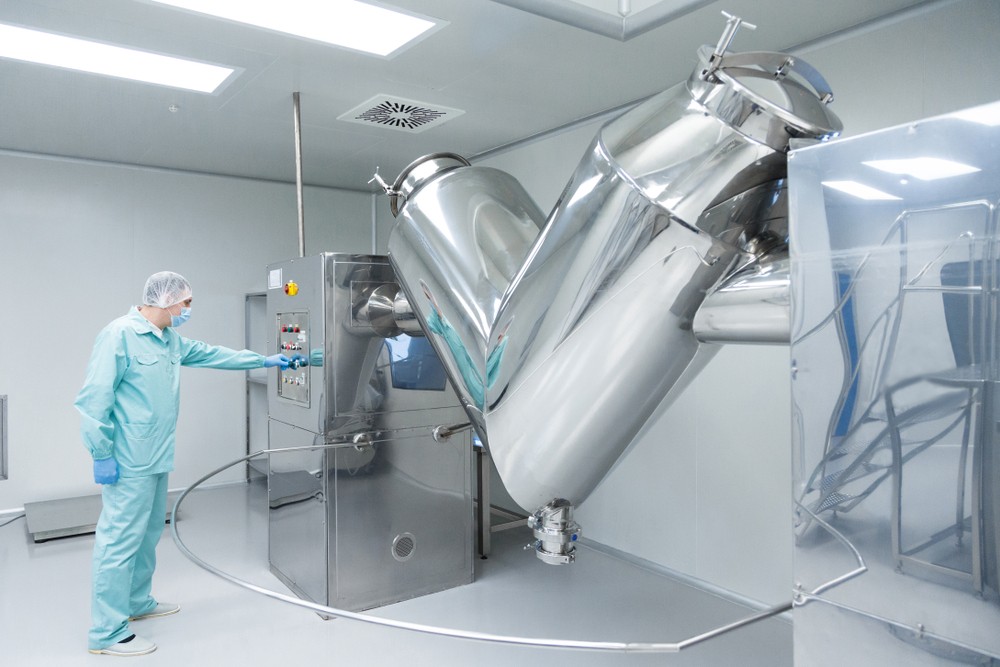Four Focus Items to Improve Plant Efficiency

Plant efficiency is a frequent area of focus when manufacturers seek ways to improve factory performance and the quality of product they produce. Every engineer knows efficiency is synonymous with improvement in this context. So, how can manufacturers improve upon something already designed and executed for efficiency?
The fact is, there’s almost always room for improvement — especially when it comes to the processes dictating plant operations. Improvement is a matter of examining these processes and procedures to determine where gaps exist and how today’s insights can address yesterday’s inefficiencies.
Consider these four examples and specific focus items to improve plant efficiency:
1. Standard operating procedure (SOP) documents
A standard operating procedure (SOP) is a document featuring clear and concise steps for completing tasks. These documents ensure the efficiency of factories by keeping employees organized, reducing errors, and establishing a chain of command. Hiring, training, and updating work policies all benefit from a detailed, well-written SOP. An SOP detailing the steps for routine equipment maintenance will also help prevent machinery breakdowns and ensure efficient operation.

2. Enterprise resource planning (ERP) strategies
ERP is an accounting and operations strategy manufacturers use to identify and plan for resource needs and manage processes. In a factory setting, ERP is often used in back-office planning, which includes developing maintenance schedules and securing plant equipment. ERP software can also help schedule and track preventive maintenance on a piece of equipment thereby reducing the potential for spontaneous breakdowns.
3. Key performance indicator (KPI) benchmarking
KPI benchmarking sets specific goals to work towards by measuring the performance on a specific objective over time. Specific goals improve decision-making and performance visibility. This, in turn, directs behavior and allows for the development of more efficient processes and procedures. Goals provided by KPIs often include decreasing costs, increasing equipment uptime, and improving equipment maintenance. They’re the best way to measure efficiency and make strides toward improving it.

4. Quality management system (QMS) implementation
QMS is a system for documenting a company’s processes, responsibilities, and procedures for producing quality products. The purpose of a QMS is to improve business processes when it comes to meeting customer expectations and complying with regulatory requirements. Benefits of a QMS include reducing waste, lowering costs, and preventing mistakes.
When designing a company specific QMS, consider several factors, including the company’s data management, internal processes, procedures, customer satisfaction rates, and improvement opportunities. Before implementing a QMS, it’s important to educate staff on new processes through training programs and/or educational tools. After deploying a QMS, a company can start determining which new processes work well — and which don’t.
Everything comes down to efficiency
When plant efficiency becomes the focus, so too should the quality systems for governing it. SOP documents, ERP strategies, KPI benchmarks, and QMS implementation all become areas to look at — and improve. Modifications to these focus areas translate to noticeable efficiency improvements in everyday operations and the improved caliber of work manufacturers are seeking.